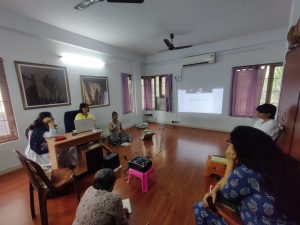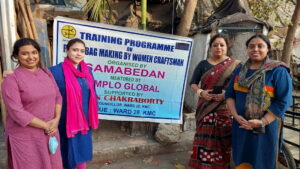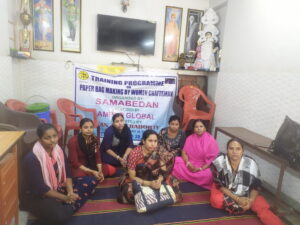Value Stream Mapping – bringing order to chaos
| Value Stream Mapping is a visual tool used to analyze, streamline, and optimize processes, enhancing efficiency and reducing waste in the supply chain. |
In this competitive world, companies look at redesigning their production processes and activities to stand up to the competitiveness that the markets demand.
To add value through every process is key to the success of each organisation. Value stream mapping (VSM) is a powerful tool in lean implementation to streamline processes and achieve that highest level of productivity in the industry.
VSM is a visual representation of the flow of people, material, and information in a complex business model. By including material and information, the VSM differs from a traditional process or activity flow map.
The goal of creating such a detailed map is to facilitate a common understanding of this process flow, and is shared by all stakeholders, to enable process improvement through the elimination of non-value-added steps.
How VSM helps decluttering complex business processes
With complex business modules and multiple business processes running simultaneously organisations often face problems in their business model or strategy and design implementation.
The solution to the problem lies in two different approaches, one where the customer knows where the problem lies and what to benchmark and eliminate. The second where the organisation doesn’t know what to model or where the problem lies.
This is where Value Stream Mapping (VSM) comes into play. Value stream mapping (VSM) provides us with a structured visualization of the key steps and corresponding data needed to understand and intelligently make improvements that optimize the entire process, not just one section at the expense of another.
Value stream Maps are generally multidisciplinary, which means they include every level of input at every stage of a process. A value stream map should also be detailed enough to allow identification of non-value-added steps, no matter how small.
A single organisation may have several different value streams. Therefore, the VSM program must offer, mapping of high-level value chains and rely on data mining.
The initial data then needs to be prepared for analysis to divide into customer segments, identify opportunities, undertake gap analysis as well as conduct an impact analysis, and articulate future concept of operations.
The final stages of the VSM loop enables cross- functional stakeholder engagement and develop metrics and success criteria, for frequent measurement of operations. AVSM enables teams and leadership to see where the actual value is being added in the process, allowing them to improve on the overall efficiency associated with the project or activity.
Value stream mapping is but one tool in a set of tools and practices that lead to business efficiency and Lean Management. In fact, VSM is a great first step to move on to design thinking.
Design thinking is a non-linear, iterative process that organisations use to understand end users, redefine problems and create innovative solutions to prototype and test. It is most useful to tackle problems that are ill-defined or unknown.
It is proven that VSM is a powerful tool in lean manufacturing which helps firms to understand and to improve perpetually and to work towards becoming lean enterprises. It connects people, process, tools and even documents required data to achieve effective goals.
A successful value mapping results in elimination of unwanted delays and obstacles in projects. Overall helping companies to move from their current state to a desired future state of efficiency, with reduction in lead time, process time reduction as well as reduction in inventory backlog and higher production and performance.









































































